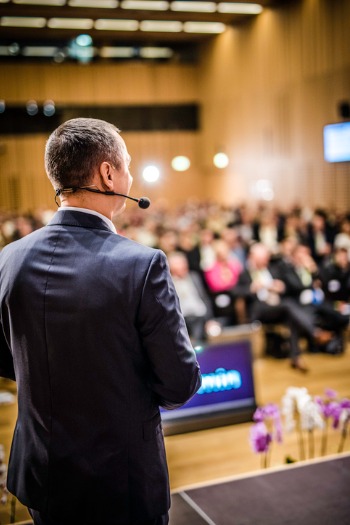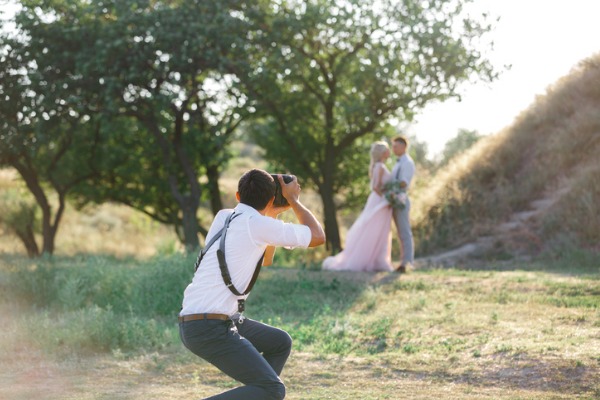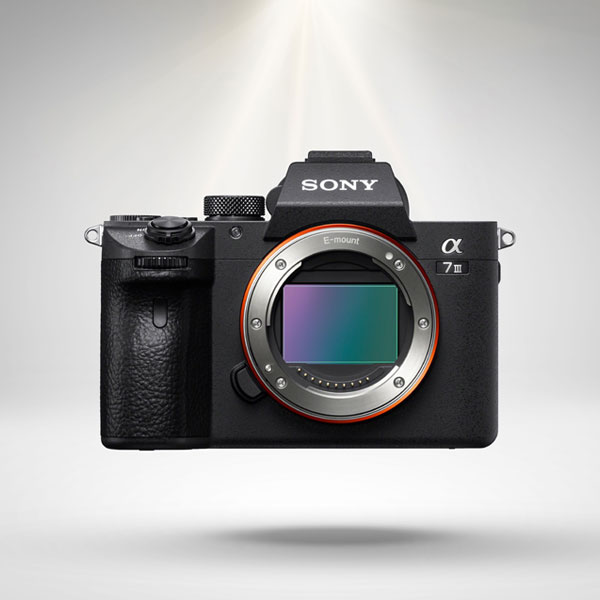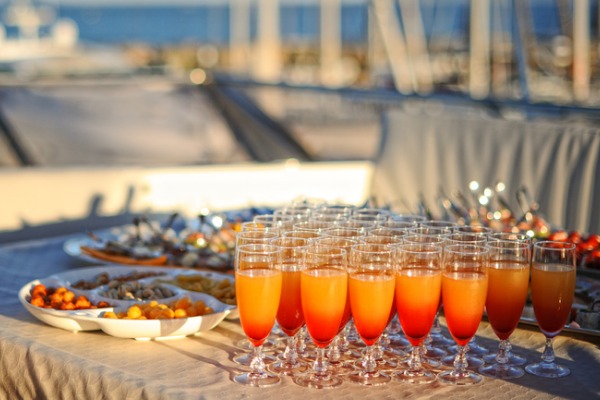In this post, we detail the 4 event photography tips you need to successfully capture any occasion. They include getting your scope of work in writing, how to present yourself, required gear, and the day-of timeline.
1. Get The Scope of Work in Writing
Client Communication
Speak with your client before the event to establish their expectations. Is there a specific aesthetic they have in mind and, if so, what is it? How many photos are included in your fee? Is there an extra cost for editing? Is there a specific dress code you must abide by (e.g. all black)?
You should also take this time to discuss must-have shots. For example, will there be keynote speakers, awards, or any other planned, picture-worthy moments? For the most part, clients will want you to tell them what’s best (you are the expert here). So, enter the prep meeting with a pre-established idea of the shots you need based on the type of event. For bonus points, get the event’s schedule in advance of this meeting so you already have an in-depth outline when it begins.

Under Promise, Over Deliver
Set reasonable expectations for the scope of your work that you know you can meet. The last thing you want to do is overcommit before the event even begins. By setting the bar at a sensible level, you can exceed your client’s expectations—a practice that goes a long way to encourage tips and word-of-mouth recommendations.
Once you’ve agreed on the terms of the gig, capture all of it in writing and have your client sign off on the parameters.
Work With A Lawyer
That’s right. Have a real, live lawyer take a look at any contract you plan to sign or have a client sign. Yes, there are dozens of free photography contract templates available online. Yes, we know that legal counsel isn’t always in the budget for photographers. But, it’s worth verifying (at least once) that the contract you use to lock down pricing and scope is in your best interest.
2. Presenting Yourself
Dress Code
This is already taken care of if your client has a specific dress code they’d like you to abide by. However, there are two basics to consider when choosing what to wear for an event shoot.

First, try to blend in. Your employer might not care if you wear jeans to their upscale event. However, depending on the function, you may feel uncomfortable in sneakers if everyone else is in formal wear. Eliminate this potential distraction and dress accordingly.
Second, does your outfit facilitate flexibility? Can you crouch, lean, and gracefully dodge people in your clothing of choice? If not, re-think it. Instead, wear something that allows you to snap photos at interesting angles and choose shoes based on the assumption that you’ll be on your feet for hours.
Interacting With Your Subjects
Read the room. If it’s a boisterous bunch who need to be wrangled for group shots, be respectful but decisive. If it’s a more subdued crowd who aren’t eager to have their photo taken, it’s up to you to engage with them and put them at ease.
Either way, remember that you are the only person responsible for getting the required shots so don’t be afraid to assert yourself.
3. Event Photography Gear
First and foremost, keep in mind that your gear needs to be as quiet as possible so it doesn’t distract from the event; bring a camera that features “silent mode” or “quiet mode” like the Sony a7 III or Canon EOS R.

Next, consult your list of must-have shots and pack based on your needs. During this time, take stock of the lenses you think you’ll need—don’t show up with one and hope it covers all eventualities. At a minimum, bring two lenses: a 24-70mm and 70-200mm. Ideally, you’ll carry both with you at all times so you don’t have to stop and alternate lenses.
In addition to the items that make the most sense for the gig, bring:
These items are indispensable, so make sure you have extra. If one of them has an issue, the outcome of an entire job can be jeopardized.
Bonus tip: it’s also worth packing snacks and water. Unless you include it in your contract, your client isn’t obligated to provide you with either.
4. Arrival Time
Talk to your client and see if you can get early access to the shooting location. This gives you time to get a sense of the space, plan your photos, and set up your tripod. Remember, you have a specific set of shots that you need to capture so prep accordingly!

Arriving early also gives you the opportunity to take pre-event shots before people rush to the nametag table and buffet. A few close-up, bokeh-centric stills go a long way in capturing the atmosphere of an event.
Yes or no, is it worth getting to the venue a few hours early to prep? Let us know and leave your best event photography tips in the comments below.












Hit the nail on the head as they say. Good read.